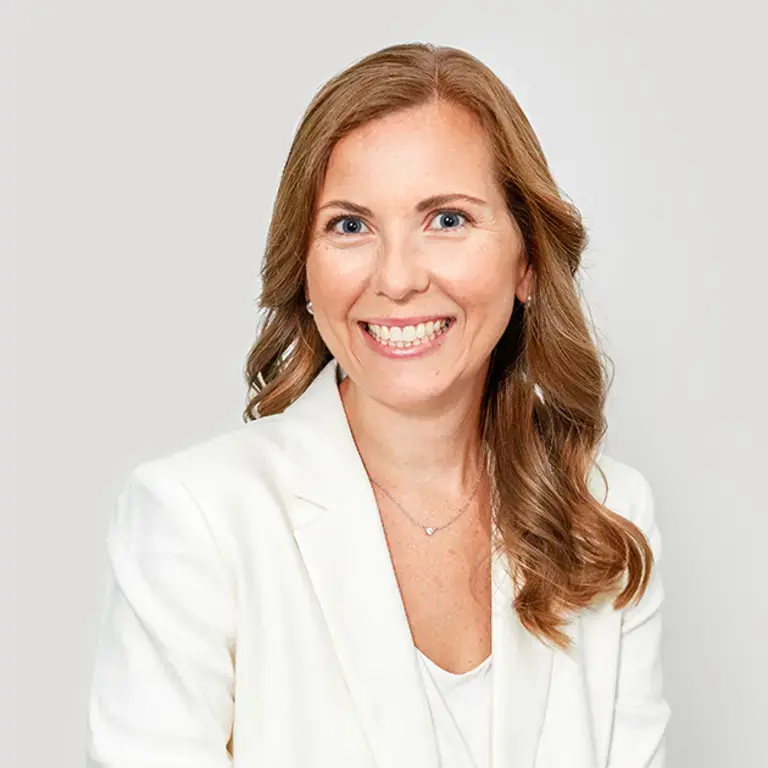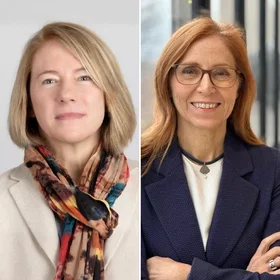Rachel Friedman, chief people officer of urgent-care provider PM Pediatric Care, visited Sara Daly-Padron’s Organizational Strategy and Learning class to discuss the tangibles of employee engagement at growing companies like hers. Organizational Strategy and Learning is a core course in the M.S. in Human Capital Management (HCM) program; in the course, students explore the connections between organizational strategy, human capital management, and development as core catalysts for competitive advantage and fiscal survival.
Friedman’s role is especially vital to the organization as it navigates post-pandemic growth and expansion. Her job: aligning the organization’s people and processes across functions such as employee engagement, payroll, benefits, and employee relations. She also acts as a guide for the company’s leaders. During her visit to Columbia, Friedman walked the class through examples of HCM playing a critical role in furthering the growth strategy of the company during the pandemic by aligning talent and policies to address the organization’s growth and maturity.
Friedman shared the following key points of advice for the students as they grow and expand their own careers:
- Surround yourself with the right people. Understand your strengths, and be willing to trust others who have expertise that you do not.
- Relationship- building is key. Know your leaders and your employee base—fully understand the organization's challenges and opportunities by connecting across, up, and down throughout the company. This is especially relevant in an organization with a geographically distributed—or remote—workforce. Make the effort to connect and build relationships.
- Build your influencing skills. Influencing leaders is a key part of an HCM strategist’s role—use your relationship-building skills to learn the motivations, pain points, goals, and objectives of your leaders. Speak their language.
- Be comfortable with delivering difficult news. Own the decisions of the organization, even when they are difficult or aren’t the ones you would have made. As a leader, you must help engage people in change and get them energized. Being comfortable with difficult messages comes through practice; it’s a critical leadership skill.



